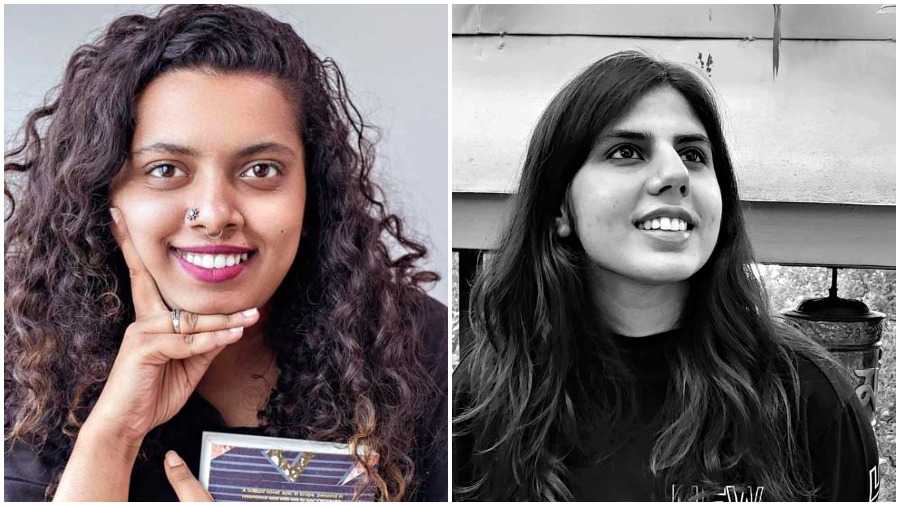As aware parents struggle to figure out a proper way to introduce the concept of ‘good and bad touch’ to their kids, educational content on sexual awareness is close to nil in this country. Sex education is a topic that is not considered of paramount importance and there are millions of cases of child sexual abuse that go unreported. There are long-term trauma effects involved in most cases as children are not equipped with the right words to understand and convey the atrocities that might be committed on them by criminal adults. In most cases, heartbreakingly, the perpetrator happens to be one in the family. One is reminded of the poignant scene in Monsoon Wedding where Naseeruddin Shah’s character has to come to terms with a family benefactor’s ill-doings on his niece, played by Shefali Shah. The heart-breaking pain of the child and the adult for failing to protect their childhood is reason enough for Asian cultures to wake up and devise ways of possible communication.
It was this very thought that drove advertising professional and writer Simble Johney to team up with creative artist Akshita Yadav to put a twist to common English rhymes and present them in a format that is palatable for kids as well as adults. Think quintessential rhymes like Twinkle Twinkle Little Star or Humpty Dumpty with changed words that allude to raising awareness in kids. Aptly named Rhymes for Inappropriate Times (White Falcon Publishing; Rs 350), this collection of eight nursery rhymes is a wonderful addition to any child’s shelf. Meant for kids aged six to 12, this book is a crude reminder for parents as well to wake up and change the narrative. Beautifully illustrated by Yadav, this book aims to be a conversation starter more than anything else. We spoke to Simble Johney on her journey with the book and her plans with the idea for the future. Excerpts.

A page from the book of nursery rhymes
Tell us about the inception of the book.
It started three years ago but to be honest, it started breeding in my mind, as a confused child who has faced many such instances herself. I do not intend to delve into the details but it can get horrific if you are touched inappropriately as a kid and you feel it is your own fault.
Soon, during girls’ nights together, parties, random conversations more stories started to pop up and it made me think that ‘uncomfortable touch’ is so real. I read up more on it and tried figuring a way to tackle this. I thought of going back to the basics instead of thinking of turning some big wheel. Childhood is the foundation of how we perceive life and therefore the right time to lay the foundation for a good and bad touch.
Of course a book can’t ‘tackle’ it but I am hoping it opens conversations, it makes parents uncomfortable and I really hope a child reads it and gains the confidence to speak up about that discomfort. I hope no child has to wait years to realise that it is not his/her fault and it happens with others too.
Could you describe your ideal reader? What do you hope to achieve with this one?
My reader is anyone who is willing to learn and share it with any youngling around him/her. It is not just for a kid to read but for parents to read it with the kids. While the nursery rhymes are for children between the age of four and 12, I feel the parents need to be educated as much.
While doing research and asking some people, I came to know that lot of kids never open up about it and therefore most of the harassment goes unreported. This book aims at helping kids develop that understanding and realise that discomfort around certain individuals and interactions don’t make them problematic children.
Tell us about the journey of working with an art partner? What was your involvement there?
It has been a rollercoaster ride. Not because there is any dearth of good art people around but because this one demanded someone special. I needed someone who is as passionate about this cause as I was. It must be my constant endeavour to chase this that I came across Akshita –– this quiet girl sitting in my office, minding her own business and doing kick-ass art. I managed to get hold of her and that’s it. I had nothing to offer to her in return to be honest, other than the collective vision to contribute to change. She readily agreed.
Some of the poems made me smile after looking at those illustrations. We had to make the visuals appealing without painting a rosy picture and she did it so beautifully. It was magic.
Would you consider a sequel?
Definitely. Akshita and I have also started discussing it. The idea is to keep raising the same point till enough people are listening. Children’s books are a great medium to explore and expand the child’s view of the world and I don’t think it touches upon a lot of things that need to be talked about. The next project picks other social ills but does the same job — of saying the hardest things in the simplest ways.










